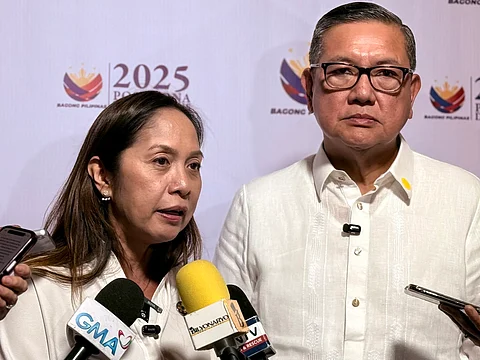
- NEWS
- the EDIT
- COMMENTARY
- BUSINESS
- LIFE
- SHOW
- ACTION
- GLOBAL GOALS
- SNAPS
- DYARYO TIRADA
- MORE

The National Electrification Administration (NEA) is bringing in independent engineers from the University of the Philippines to determine whether Siquijor’s power plant can still deliver stable electricity—or needs to be shut down.
“I was given a directive to hire an independent third-party surveyor to test and evaluate on the viability of the plant if it can still provide power,” NEA Administrator Antonio Mariano Almeda told reporters during a post-SONA discussion on Wednesday.
“We will be sending engineers from the UP to evaluate the viability of whether or not the plant can still continue to perform the obligations,” he added.
Almeda warned that the government may be forced to intervene and take over any public utility that fails to meet its contract terms.
“There will be conditions that will be imposed, and if we are not convinced that they can still continue according to the provisions of the contract, and I believe contractual obligations should always give way to the paramount interest of public welfare,” he said.
Siquijor currently needs around 8 to 9 megawatts (MW) of electricity, but the contracted supplier has been delivering as little as 5 to 6 MW, causing frequent blackouts. While supply briefly improved, it dropped again due to equipment breakdowns.
In his fourth SONA, President Ferdinand R. Marcos Jr. criticized the persistent failures of Siquijor’s power generator, blaming the outages on poor fuel management and unreliable generation.
“We will investigate these failures. Power companies must improve their management, and if necessary, issue refunds to affected consumers,” the President said.
He noted that prolonged outages have hurt tourism, businesses, hospitals, and essential public services—prompting a state of calamity. Among the issues flagged: expired permits, broken generators, and lackluster maintenance.
During Marcos’ address, cameras showed Senator Camille Villar in attendance. Her family owns Prime Asset Ventures Inc., the parent company of S.I. Power Corp. (SIPCOR), Siquijor’s power supplier.
SIPCOR previously reported it had restored full electricity supply to the island after deploying two rental generators, which raised dependable capacity to 10.8 MW.
